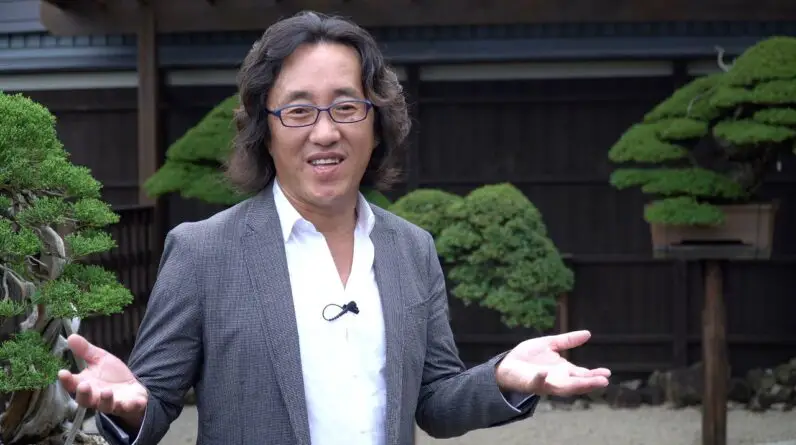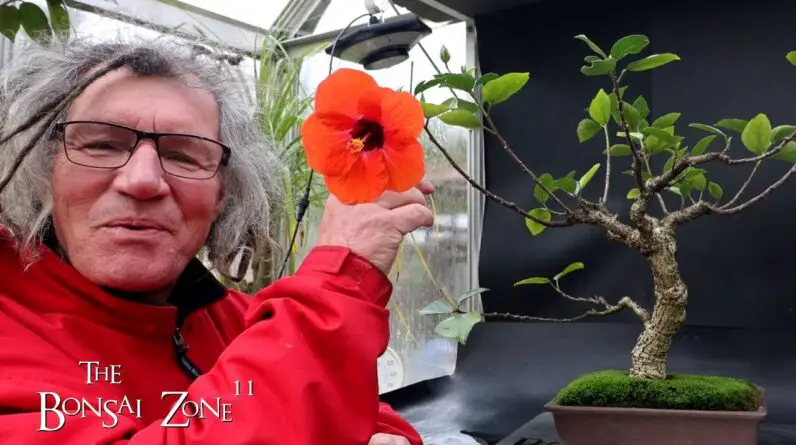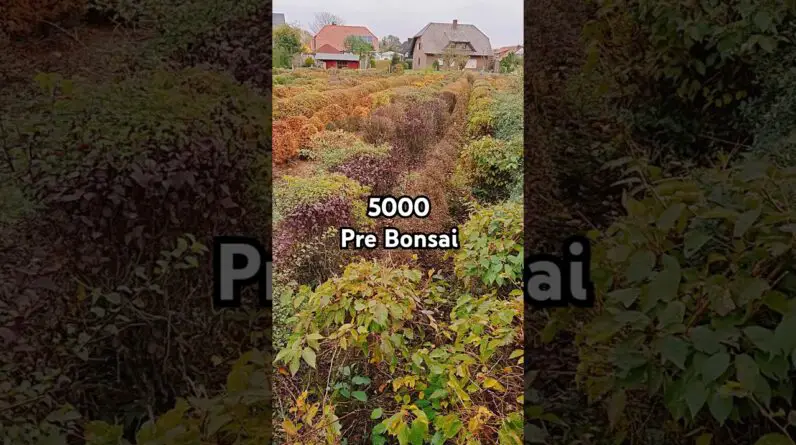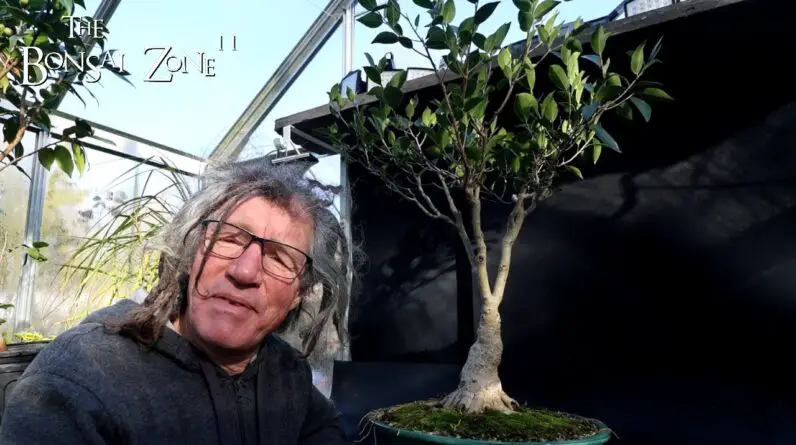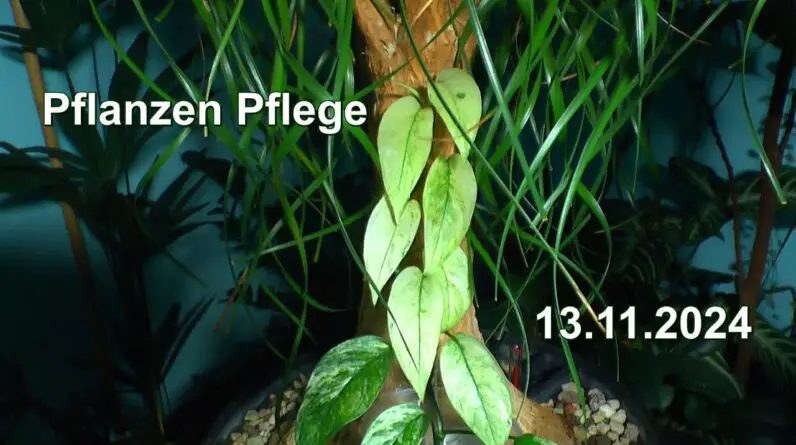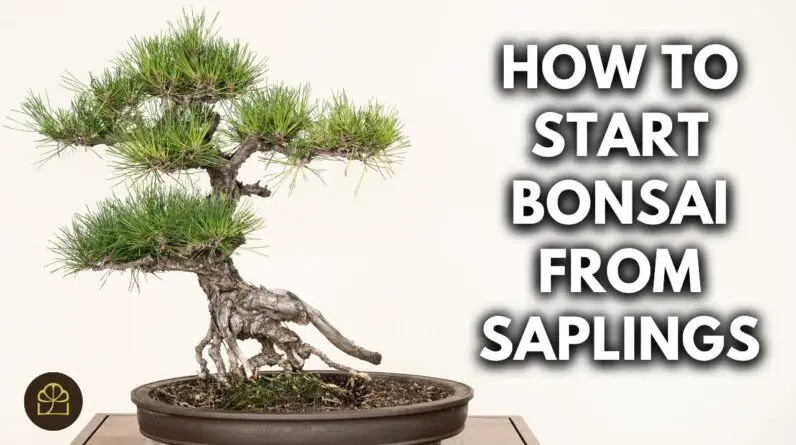Expert guide about caring for the Spruce Bonsai tree (Picea). From proper placement and watering techniques to pruning, wiring, and repotting, this article covers it all. Whether you’re a beginner or an experienced bonsai enthusiast, this care guide will equip you with the knowledge to successfully care for your spruce bonsai tree.
Are you interested in cultivating a spruce bonsai tree? Look no further! This care guide provides all the essential information you need to know about caring for the Spruce Bonsai tree (Picea).
Spruce trees are evergreen coniferous trees that can grow up to 60 meters tall when mature, and they have a characteristic conical shape. In this guide, you will learn about proper placement for your spruce bonsai, watering techniques, fertilizing tips, pruning and wiring methods, repotting guidelines, and even how to propagate spruce trees.
Additionally, you will gain insights into the unique characteristics of the spruce bonsai and the challenges involved in styling it. So, if you are a beginner or an experienced bonsai enthusiast, this article will equip you with all the knowledge needed to successfully care for your spruce bonsai tree.
Care Guide for the Spruce Bonsai Tree (Picea)
The spruce bonsai tree, belonging to the Picea genus, is an evergreen coniferous tree species that is widely distributed in the northern hemisphere. These trees can reach a height of up to 60 meters (200 feet) when fully mature and have a distinctive conical shape. The branches of the spruce tree grow in a whorled pattern, adding to its unique appearance.
In this comprehensive care guide, we will cover everything you need to know about maintaining a healthy and thriving spruce bonsai tree.
Placement
Proper placement is crucial for the health and development of your spruce bonsai tree. During the growing season, it needs to be placed in an area that receives full sun. This will provide the tree with the necessary light for photosynthesis. However, in winter, it is important to move the tree to a location with semi-shade and provide frost protection. When the spruce bonsai is planted in a bonsai pot, frozen roots can be detrimental as they cannot provide water while the evergreen foliage continues to transpire and can dry out.
Watering
Watering is an essential aspect of bonsai tree care, and the spruce bonsai tree is no exception. It is important to water the tree thoroughly as soon as the soil starts to dry out. However, it is equally important not to keep the roots soaked in water all the time. During winter, it is essential to reduce the frequency of watering, but never allow the root ball to dry out completely. Finding the right balance between too much and too little water is key to maintaining the health of your spruce bonsai tree.

Fertilizing
Regular fertilization is necessary for the proper growth and development of your spruce bonsai tree. One effective method is to apply solid organic fertilizer every four weeks during the growing season. Alternatively, you can use a liquid fertilizer on a weekly basis. Leaf feeding can also contribute to a healthy tree, promoting a vibrant dark green leaf color. Consider using a good liquid fertilizer with chelates and iron to spray over the foliage.
Repotting
Repotting is an essential part of bonsai tree care, and the spruce bonsai tree should be repotted every two to four years. However, older specimens can wait even longer before repotting. It is important to prune the roots of a spruce bonsai tree only slightly, as older trees do not tolerate significant root loss. When repotting, it is recommended to use a well-draining soil mix with structurally stable grains. Spruce trees are not too demanding in terms of soil pH value and water requirements.

Pruning and Wiring
Pruning and wiring are crucial techniques in shaping and maintaining the desired form of your spruce bonsai tree. Due to the whorled growth of spruce trees, there are often several branches growing at the same height on the trunk. To achieve optimal aesthetics, it is advised to only keep one branch per whorl, especially in the lower half of the tree. Pinching new shoots in spring when they are still soft can help structure the tree. When pruning long branches, it is important to cut them back to smaller twigs near the trunk. Always ensure that you leave needles and buds on branches you wish to keep, as spruce trees do not backbud from old wood.
Wiring can also play a role in styling your spruce bonsai tree. The branches of spruce trees are supple and can be easily bent without snapping or cracking. In their natural habitat, spruce trees are often subjected to heavy snowfall, which bends their branches downward. For bonsai styling purposes, this means that thinner branches can be bent and twisted in any direction. However, wired branches may take years to maintain their new position, so repeated rewiring is often necessary. It is important to avoid wiring spruce trees in midsummer, as this can cause dieback. Late summer or early spring are better times for styling spruces.
Propagation
Propagation of the spruce bonsai tree can be done through both seed and cuttings. Cuttings can be taken in late summer, while seeds are an option throughout the year. Careful attention should be given to maintaining the right conditions for successful propagation.

Pests and Diseases
Like any other plant, the spruce bonsai tree is susceptible to pests and diseases. Some common pests that can harm spruce trees include green spruce aphids, spruce spider mites, gall adelgids, spruce needle miners, spruce budworms, and various caterpillars. Additionally, fungal diseases such as rust or needlecast can also pose a threat to the health of your spruce bonsai tree. It is important to promptly address any pest or disease issues to prevent further damage. Specific pesticides can address these problems, and in severe cases, it is advisable to seek help from a professional gardener.
General Information about the Spruce Bonsai Tree
The spruce bonsai tree is characterized by its needle-shaped leaves, which are four-sided and attached singly to the branches. These leaves typically remain on the tree for 4 to 10 years before shedding. The cones of the spruce tree hang downwards, adding to its unique appearance. When it comes to styling, spruce bonsai trees can be more challenging compared to other tree species. They do not backbud easily and wired branches often tend to revert to their original positions over time. However, there are exceptional examples of spruce bonsai, particularly the Picea jezoensis (Ezo spruce), Picea glehnii, and Picea abies (Norway spruce) species. The Picea engelmannii is another species worth considering, along with several intriguing dwarf cultivars of different spruce species that are available for garden purposes. However, the Picea glauca ‘Conica’ (Alberta spruce) is often attempted but rarely succeeds as a bonsai tree. The Picea mariana (black spruce) is a widespread species found across Canada, and the Colorado blue spruce (Picea pungens) is a popular choice in the United States.

Does a Dwarf Alberta Spruce Make a Good Bonsai?
Yes, a dwarf Alberta spruce can make a good bonsai tree. With its pleasant form and dense foliage, the dwarf Alberta spruce is highly suitable for bonsai cultivation. However, it is important to remember that each tree is unique, and success in bonsai cultivation depends on various factors such as proper care, styling techniques, and environmental conditions. With the right care and attention, a dwarf Alberta spruce bonsai can be a stunning addition to your collection.
What is the Problem with the Alberta Spruce Bonsai Tree?
The Alberta spruce bonsai tree, particularly the Picea glauca ‘Conica’ variety, comes with a few challenges. While it may seem like an attractive choice due to its compact size and appealing appearance, it is often difficult to maintain as a bonsai tree. The Alberta spruce bonsai has a tendency to revert to its original form, making it challenging to style and maintain the desired shape. Additionally, it can be more susceptible to certain pests and diseases compared to other species. Despite these challenges, with proper care and attention, a well-maintained Alberta spruce bonsai can still thrive.

What Time of Year Do You Repot Spruce?
The best time to repot spruce bonsai trees is typically during the early spring or late winter, before new growth begins. This timing allows the tree to recover from the stress of repotting and encourages healthy root development. It is important to monitor the condition of the tree and consider its specific needs when deciding on the timing of repotting. If the tree shows signs of stress or requires immediate attention, repotting can be done outside of the recommended time frame. However, caution should be exercised to minimize the potential negative effects on the tree’s health.
Can You Keep a Dwarf Alberta Spruce Small?
It is possible to keep a dwarf Alberta spruce small through regular pruning and appropriate bonsai techniques. Pruning helps to control the size and shape of the tree, while other techniques such as wiring can be used to achieve the desired form. Continuous monitoring and maintenance are necessary to ensure healthy growth and prevent the tree from becoming too large. With proper care and attention, a dwarf Alberta spruce bonsai can be maintained at the desired size and shape, making it a suitable choice for bonsai enthusiasts.
How To Care For Your Dwarf Alberta Spruce Bonsai Tree
Caring for a dwarf Alberta spruce bonsai tree involves providing the right conditions and following proper care techniques. Here are some key points to consider:
- Placement: Ensure that your dwarf Alberta spruce bonsai receives ample sunlight during the growing season. In winter, it should be placed in semi-shade to protect it from frost.
- Watering: Water the bonsai thoroughly when the soil starts to dry out, but avoid keeping the roots constantly soaked. Adjust watering frequency based on the season and the needs of the tree.
- Fertilizing: Apply solid organic fertilizer every four weeks or use a liquid fertilizer weekly during the growing season. Leaf feeding can also promote healthy growth.
- Pruning: Regular pruning helps maintain the desired shape and size of the tree. Remove any unwanted or excessive growth to encourage healthy and balanced development.
- Wiring: Wiring can be used to shape the branches of your bonsai tree. Be careful not to wire spruce trees in midsummer to avoid dieback.
- Repotting: Repot your dwarf Alberta spruce every two to four years, using a well-draining soil mix. Prune the roots conservatively, especially in older trees.
- Pests and Diseases: Monitor your bonsai tree for pests and diseases such as aphids, spider mites, and fungal infections. Take appropriate measures to prevent and treat infestations.
With consistent care and attention, your dwarf Alberta spruce bonsai tree can thrive and bring joy for years to come.
Picea glauca ‘Conica’ Bonsai Care
Picea glauca ‘Conica’, commonly known as the Alberta spruce, requires specific care and attention to thrive as a bonsai tree. Here are some key care guidelines for this variety:
- Placement: The Alberta spruce bonsai tree prefers full sun during the growing season. In winter, it should be placed in an area with semi-shade to protect it from frost.
- Watering: Water the tree thoroughly as soon as the soil starts to dry out. Avoid letting the rootball dry out completely, especially during winter. Finding the right balance is crucial for the health of your tree.
- Fertilizing: Apply solid organic fertilizer every four weeks or use a liquid fertilizer weekly during the growing season. Leaf feeding can enhance the dark green foliage color.
- Pruning and Wiring: Pruning is essential to maintain the desired shape and form of your bonsai tree. Be cautious while wiring, as the Alberta spruce has supple branches that can be easily bent without snapping or cracking.
- Repotting: Repotting should be done every two to four years for younger trees, and less frequently for older specimens. Prune the roots conservatively to minimize stress on the tree.
- Pests and Diseases: Regularly inspect your bonsai tree for common pests and diseases such as aphids, spider mites, and fungal infections. Take appropriate measures to address these issues.
By following these care guidelines, your Picea glauca ‘Conica’ bonsai can flourish and showcase its unique beauty.
About The Dwarf Alberta Spruce Bonsai Tree
The dwarf Alberta spruce (Picea glauca ‘Conica’) is a popular choice for bonsai cultivation due to its compact size and attractive appearance. It is a dwarf variety of the Alberta spruce tree, which is native to North America. This bonsai tree features dense foliage and a conical shape, making it an excellent addition to any bonsai collection.
While the dwarf Alberta spruce is favored for its aesthetic qualities, it does come with its own set of challenges. The tree has a tendency to revert to its natural form, making it difficult to maintain a desired shape. Additionally, it can be more susceptible to certain pests and diseases compared to other bonsai tree species.
However, with proper care and attention, a well-maintained dwarf Alberta spruce bonsai can thrive and bring beauty to any setting. Regular pruning, wiring, and repotting, along with adequate watering and fertilizing, will contribute to the overall health and development of your bonsai tree.
Overall, the dwarf Alberta spruce bonsai tree is a captivating choice for bonsai enthusiasts who are up for the challenge of nurturing and styling this unique variety. With patience and dedication, you can create a stunning representation of nature’s beauty right in your own home or garden.


